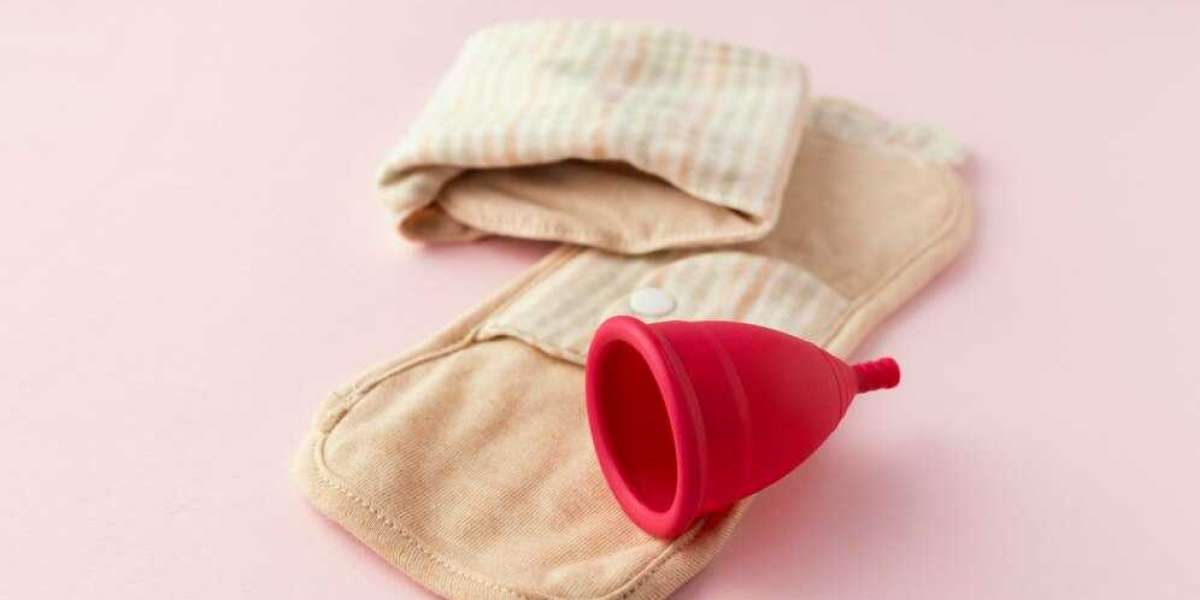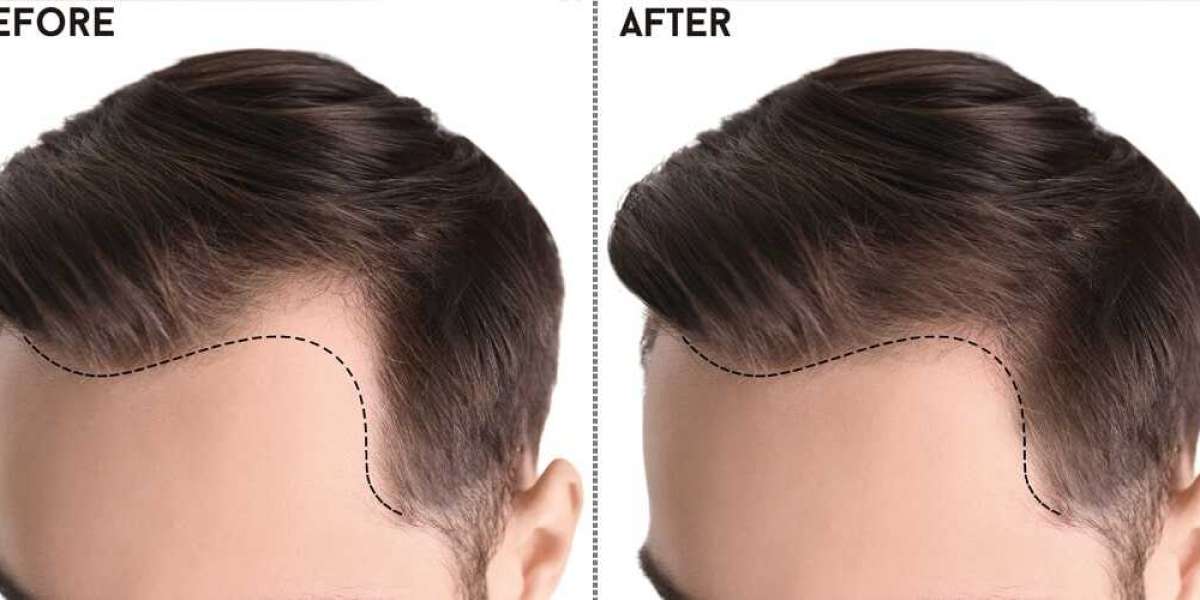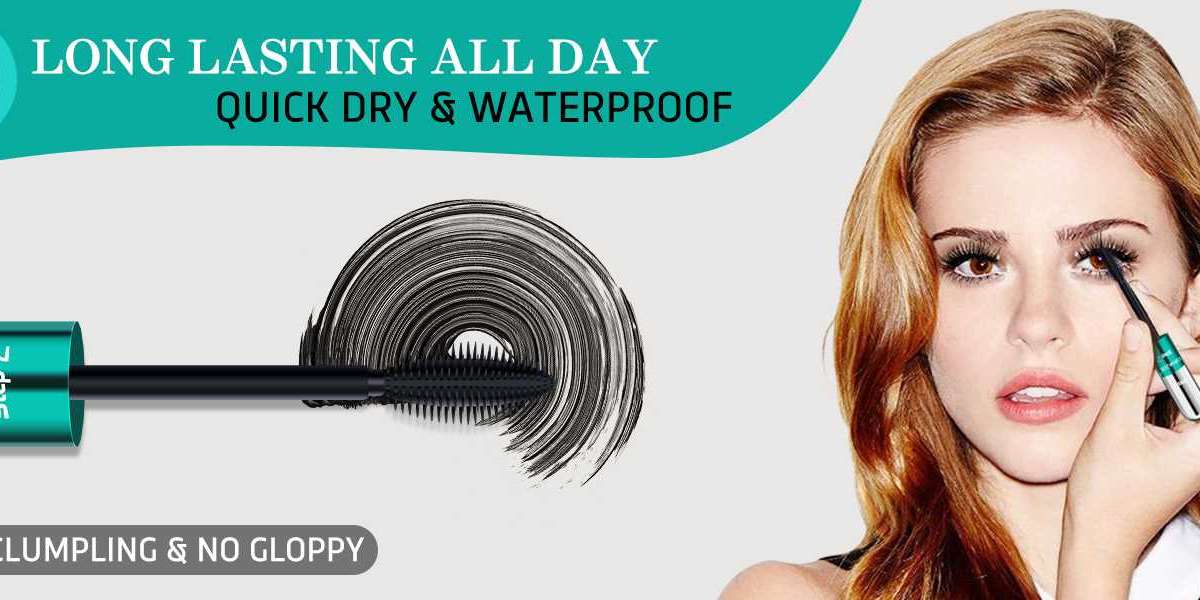Menstruation is a natural biological process experienced by millions of people around the world, yet it often comes with stigma, discomfort, and environmental concerns. In recent years, however, there has been a remarkable surge in innovations aimed at improving menstrual health and hygiene. This article will explore the future of menstruation, focusing on innovative absorbent menstrual products that promise to revolutionize the way we manage our periods.
Historical Perspective
Menstrual products have evolved significantly over the centuries. From crude materials like rags and leaves in ancient times to the modern disposable pads and tampons, the industry has seen major shifts. In recent decades, there has been an increasing demand for more effective, comfortable, and sustainable solutions.
What is the role of Bio-Based and Biodegradable Materials?
One of the most significant trends in menstrual product innovation is the development of bio-based and biodegradable materials. These products reduce environmental impact by breaking down more easily than traditional plastics.
Some brands are exploring the use of cornstarch to create pads and applicators that are compostable.
Innovations in plant-based absorbents can provide high absorbency without the environmental costs of synthetic materials.
High-Tech Fabrics
Advancements in textile technology have led to the creation of high-tech fabrics that are not only absorbent but also moisture-wicking and odor-neutralizing.
Some period underwear brands are utilizing smart textiles that can adapt to varying flow levels and provide comfort through breathability.
Fabrics treated with antimicrobial properties can help prevent infections and odors.
A Note on Zero-Waste Manufacturing
Many companies are adopting zero-waste manufacturing practices, which focus on reducing material waste during production. This is achieved through innovative design and efficient resource management.
Brands are creating systems where materials can be recycled back into the production cycle and reducing the carbon footprint by sourcing materials locally is becoming a priority for many sustainable brands.
Breaking the Stigma
Education plays a crucial role in breaking the stigma surrounding menstruation. Increasing awareness about menstrual health and the available products can empower individuals to make informed choices.
Organizations are hosting workshops and campaigns to educate communities about menstrual health. Incorporating menstrual education in school curriculums can help young individuals understand their bodies better.
The Environmental Impact of Menstrual Products
Disposable menstrual products contribute significantly to landfill waste. A single person using disposable pads or tampons can produce over 300 pounds of waste in their lifetime.
Many menstrual products contain plastics and synthetic materials that can take hundreds of years to decompose, leading to pollution and harm to wildlife.
Sustainable menstrual products, such as menstrual cups, cloth pads, and period underwear, offer viable alternatives that significantly reduce environmental impact.
How Absorbent Menstrual Products plays a role in Natural period protection?
Many absorbent menstrual products, such as reusable cloth pads, menstrual cups, and period underwear, are made from natural materials like cotton, bamboo, or silicone. These materials are often free from harmful chemicals and synthetics found in some disposable products, making them gentler on the skin.
Reusable menstrual products significantly reduce waste compared to single-use items, paving the way to Natural period protection. This eco-friendly approach not only helps minimize landfill contributions but also encourages a more sustainable lifestyle.
Access and Affordability
In many parts of the world, access to menstrual products remains a challenge. Period poverty affects millions, leading to health risks and social stigma.
Various NGOs and organizations are working to provide affordable menstrual products to underserved populations.
Some governments are beginning to recognize the importance of providing free menstrual products in schools and public facilities.
What are some Smart Technology Integration?
Technology is making its way into menstrual products, offering users greater control and insight into their cycles. Innovations include:
Some menstrual cups now come with sensors that track flow and cycle patterns, providing valuable data through a connected app.
Devices that monitor menstrual health and predict cycles are becoming more popular, helping users manage their periods more effectively.
Customization and Personalization
As technology continues to evolve, so too will the ability to customize menstrual products. Brands may offer personalized products tailored to individual needs, preferences, and body types.
Products that can be adjusted for fit and absorbency based on user feedback could become more common and tailored subscription services that adapt to individual menstrual cycles could simplify product access.
Holistic Health Approaches
The future of menstruation may also embrace a more holistic approach to menstrual health, integrating physical, emotional, and mental well-being.
Menstrual products could be paired with complementary wellness products, such as herbal supplements or menstrual pain relief tools.
Addressing the emotional aspects of menstruation, including PMS and menstrual-related mood swings, is becoming an important aspect of menstrual health discussions.
Conclusion
The future of menstruation is bright, with innovative absorbent menstrual products paving the way for more comfortable, sustainable, and stigma-free experiences. As technology continues to advance and societal attitudes shift, we can expect to see even more transformative solutions emerge in the menstrual health space







